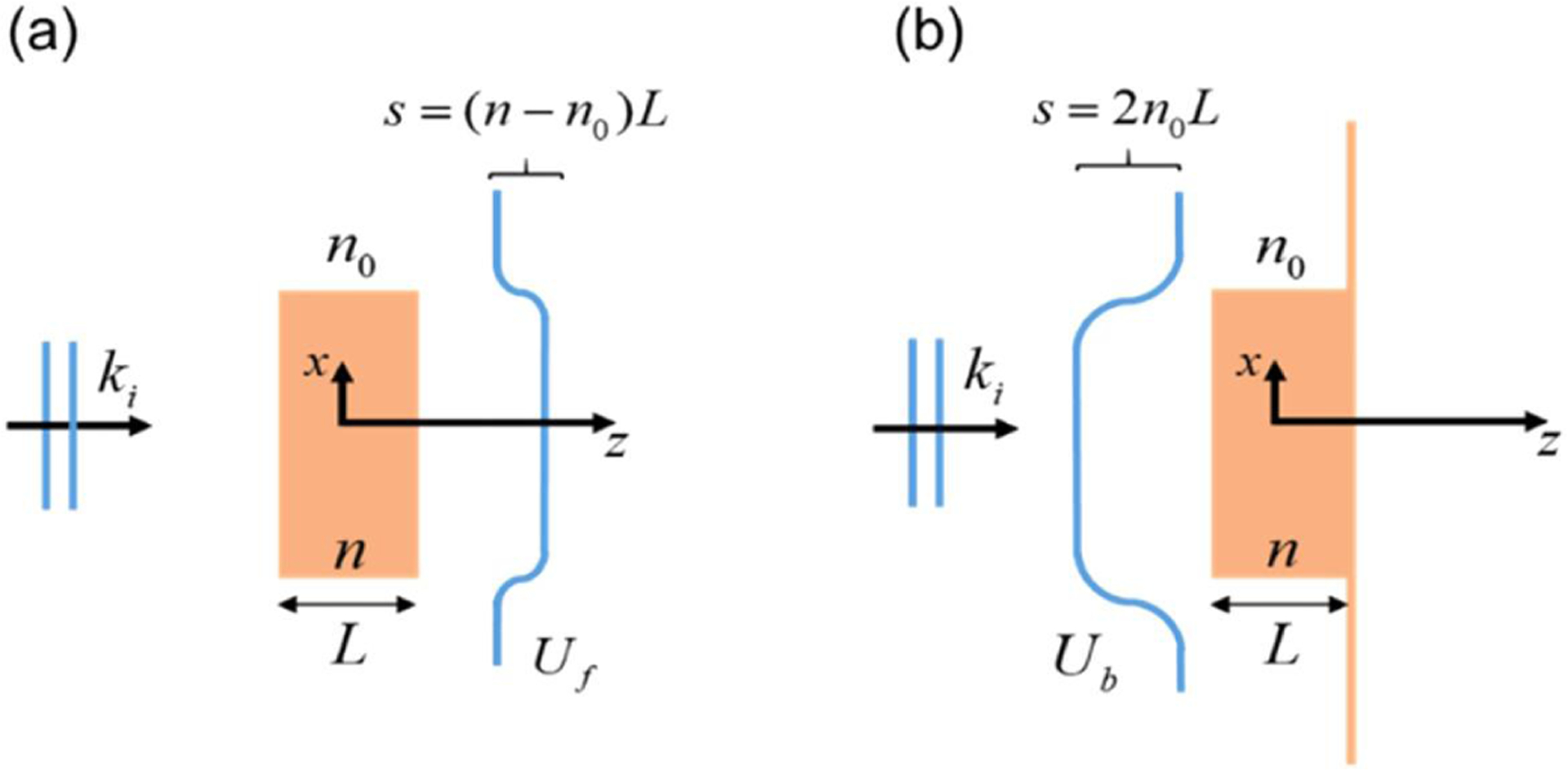Spatial Light Interference Microscopy: Principle and Applications to Biomedicine
X. Chen, M. Kandel, and G. Popescu
Advances in Optics and Photonics 13, Pages 353-425 2021 353-425
![]()

In this paper, we review spatial light interference microscopy (SLIM), a common-path, phase-shifting interferometer, built onto a phase-contrast microscope, with white-light illumination. As one of the most sensitive quantitative phase imaging (QPI) methods, SLIM allows for speckle-free phase reconstruction with sub-nanometer path-length stability. We first review image formation in QPI, scattering, and full-field methods. Then, we outline SLIM imaging from theory and instrumentation to diffraction tomography. Zernike’s phase-contrast microscopy, phase retrieval in SLIM, and halo removal algorithms are discussed. Next, we discuss the requirements for operation, with a focus on software developed in-house for SLIM that enables high-throughput acquisition, whole slide scanning, mosaic tile registration, and imaging with a color camera. We introduce two methods for solving the inverse problem using SLIM, white-light tomography, and Wolf phase tomography. Lastly, we review the applications of SLIM in basic science and clinical studies. SLIM can study cell dynamics, cell growth and proliferation, cell migration, mass transport, etc. In clinical settings, SLIM can assist with cancer studies, reproductive technology, blood testing, etc. Finally, we review an emerging trend, where SLIM imaging in conjunction with artificial intelligence brings computational specificity and, in turn, offers new solutions to outstanding challenges in cell biology and pathology.
